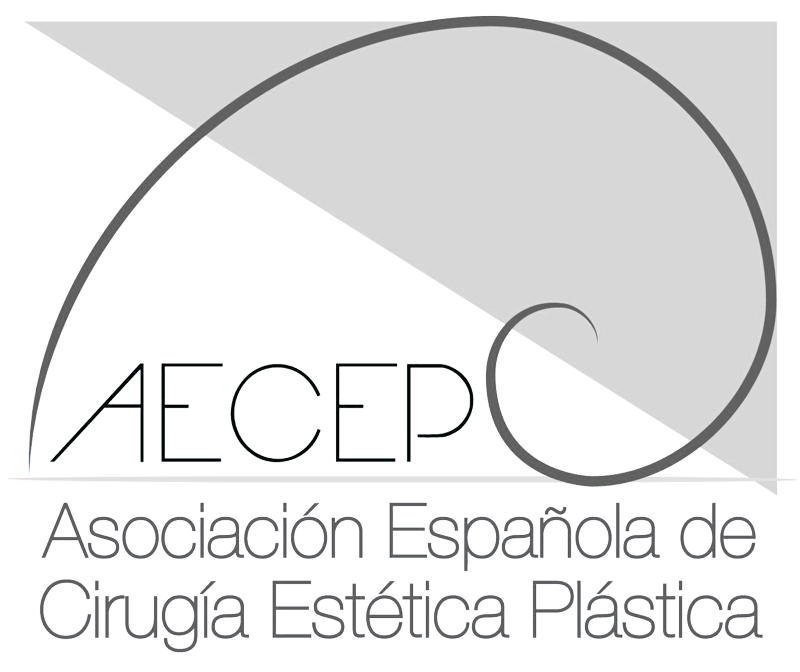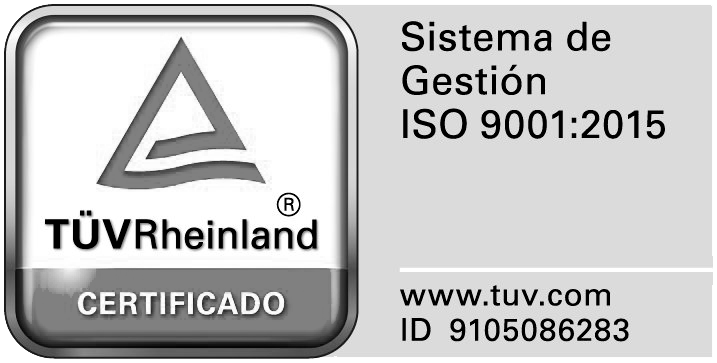
Blefaroplastia
o cirugía de párpados

Blefaroplastia
o cirugía de párpados
Por regla general, uno de los problemas estéticos que más preocupan a las personas son sus párpados: los párpados caídos y las bolsas debajo de los ojos nos pueden dar un aspecto de cansancio y de más edad de la que en realidad tenemos, e incluso interferir con la visión. Por ello, la blefaroplastia se ha convertido en una de las cirugías plásticas más practicadas en todo el mundo. La blefaroplastia o cirugía de párpados consiste en extraer la grasa y el exceso de piel y músculo de los párpados superiores e inferiores. El rostro se verá más resplandeciente, natural y joven, con una mirada luminosa y rejuvenecida.
Local + Sedación
40 min. – 2 horas
No requiere hospitalización
2-7 días
Tanto si eres hombre como mujer, puedes considerar hacerte una cirugía blefaroplastia si ves que tienes párpados caídos, bolsas de grasa bajo los ojos, o aprecias cambios de posición de los párpados. Estos síntomas deslucen tu rostro y su expresión y, en algunos casos, pueden ser perjudiciales para la vista. Por tanto, además de una motivación puramente estética, hay que tener en cuenta aspectos tan destacables como la salud ocular y psicológica.
Es importante saber que la blefaroplastia no elimina las arrugas de los ojos conocidas como “patas de gallo”, ni tampoco la caída de las cejas.
No hay una edad más propicia que otra para este procedimiento quirúrgico, aunque con los años el ojo caído y las bolsas se van acentuando. De todas formas, el factor hereditario de esta patología empuja cada vez más a los adolescentes a decidirse por esta cirugía plástica.
Es importante tener claro qué resultados se pueden obtener con la cirugía de corrección palpebral, por lo que es aconsejable acudir a la consulta para que puedas plantear a tu cirujano los resultados que buscas en caso de someterte a una cirugía de parpados caídos y bolsas. El Dr. Paloma, de la clínica Teknon de Barcelona, te explicará qué puedes esperar y el procedimiento más adecuado para llevar a cabo la operación, mostrándote fotografías de antes y después. Además, será necesario verificar que no existe ningún tipo de lesión ni infecciones en los ojos que requieran cuidados especiales previos.
La cirugía de párpados puede realizarse de manera aislada o junto a otras cirugías faciales, como el lifting cervicofacial o el lifting frontal.
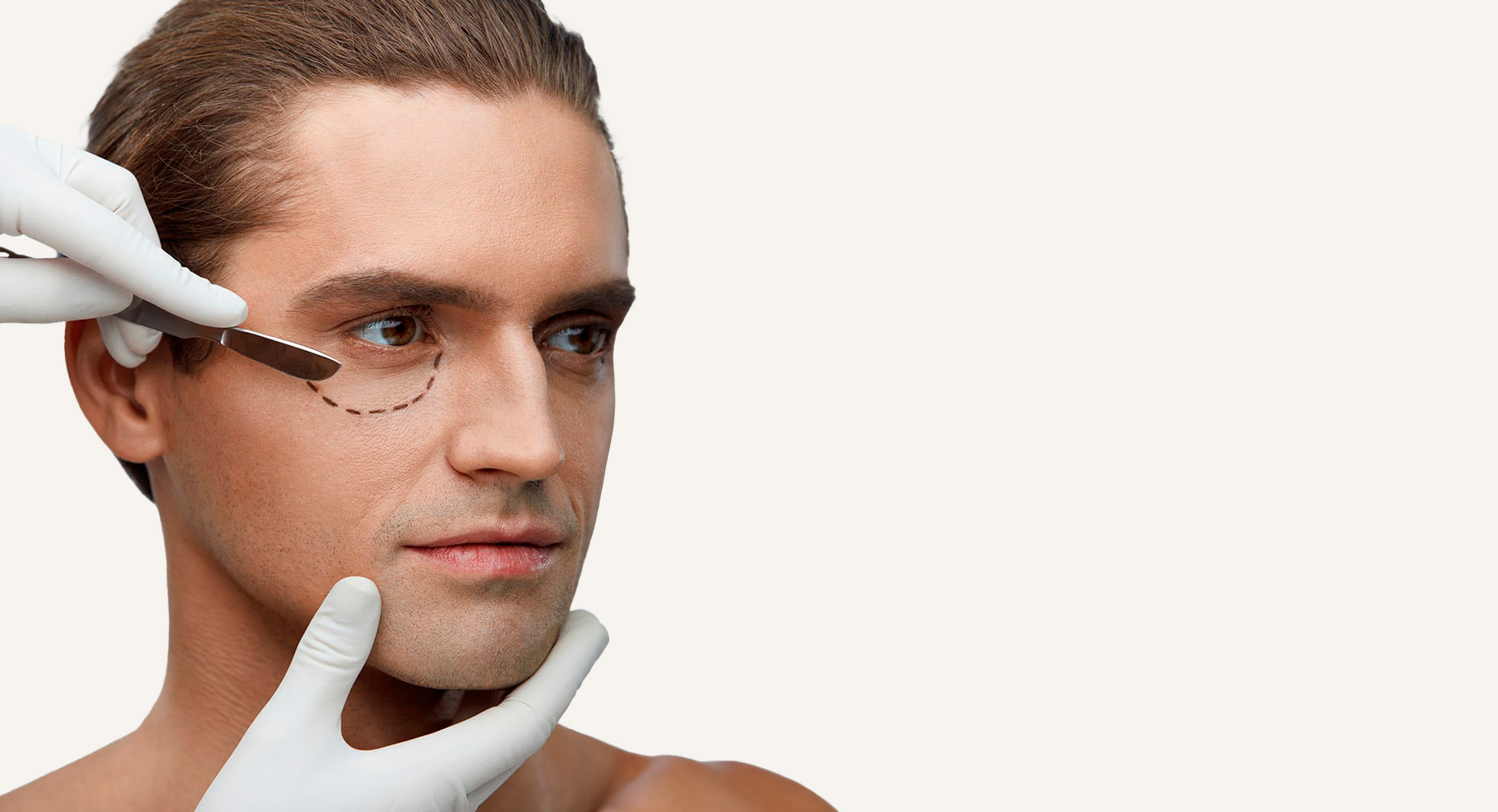
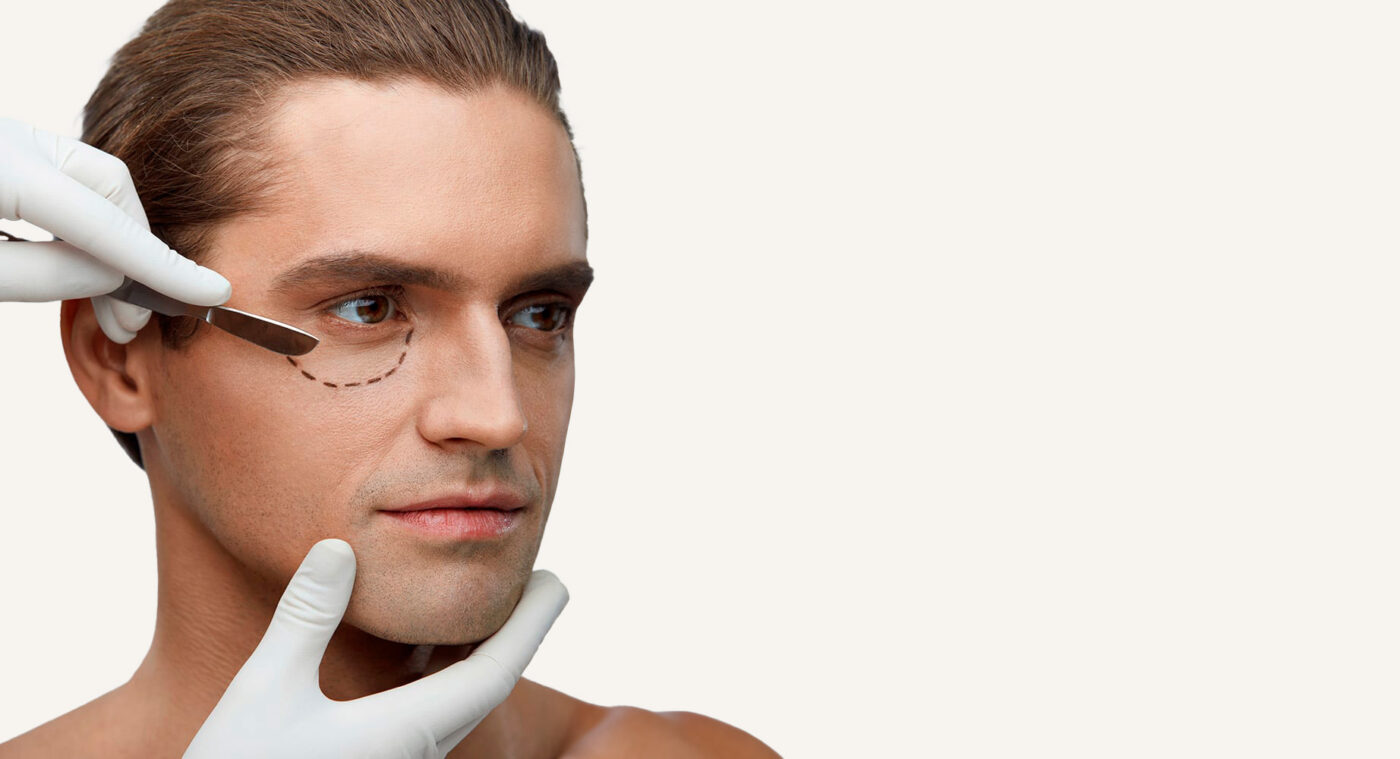
La blefaroplastia dura entre 40 minutos y 2 horas, dependiendo de si es de la parte superior, inferior, o de las dos. Normalmente no es necesario permanecer en la clínica más que unas horas ya que en la mayoría de los casos la operación se realiza con anestesia local más sedación.
Si te vas a hacer una blefaroplastia superior e inferior – en los cuatro párpados – generalmente se empieza por los superiores. Se hacen las incisiones en las líneas naturales de los párpados de arriba y justo debajo de las pestañas en los de abajo. A través de estos cortes se separa la piel de la grasa y músculo subyacentes, extirpando el exceso de tejido graso y, en ocasiones, el de piel y músculo. Para finalizar se cosen las incisiones mediante puntos de sutura muy finos.
En pacientes jóvenes en los que sólo hay quitar grasa, se puede realizar una blefaroplastia transconjuntival inferior practicando la incisión en el interior del párpado inferior para que la cicatriz no sea visible.
Al acudir por primera vez a la clínica para una operación de párpados, el equipo del Dr. Paloma, especialista en blefaroplastia en Barcelona, estudiará tu patología concreta y tus características faciales, y será necesario un examen oftalmológico para descartar posibles lesiones o infecciones oculares que suelen manifestarse en el interior del párpado o en la superficie del ojo.
La operación en párpados es sencilla y no presenta grandes riesgos siempre y cuando se cumplan las instrucciones del cirujano plástico, tanto antes como después. En algunos casos, dependiendo de si se efectúa una cirugía de párpados inferiores, de los superiores, o de ambos, y de las peculiaridades físicas de cada persona, el paciente debe saber que tras la intervención puede aparecer visión doble o borrosa durante unos días, edema temporal de los párpados y asimetrías leves en la cicatrización. Una complicación muy infrecuente es el ectropión, una malposición palpebral en la que el párpado se coloca en una posición errónea y que puede precisar de corrección quirúrgica.
En el postoperatoria de la blefaroplastia superior e inferior puede haber pequeñas molestias en la zona de los párpados que se alivian fácilmente con la medicación prescrita por el doctor. Tendrás que mantener la cabeza elevada durante unos días y aplicarte compresas frías, para disminuir la inflamación y los hematomas. Durante los primeros días después de la operación de párpados es posible notar algo de lagrimeo, hipersensibilidad a la luz y cambios temporales en la agudeza visual, además de experimentar cierta dificultad para cerrar completamente los ojos durante el sueño. En todo caso son ligeras incomodidades que bien habrán merecido la pena una vez veas el aspecto final de tus ojos.
Los puntos se retiran entre los 2 días y la semana. El edema y los hematomas disminuirán gradualmente hasta desaparecer por completo, y comenzarás a verte y sentirte mucho mejor.
Puede ser preciso llevar gafas de sol durante unas semanas y aplicarse filtro solar en los párpados. Debes mantener un reposo relativo durante unos 3 días y evitar actividades bruscas durante las primeras semanas.
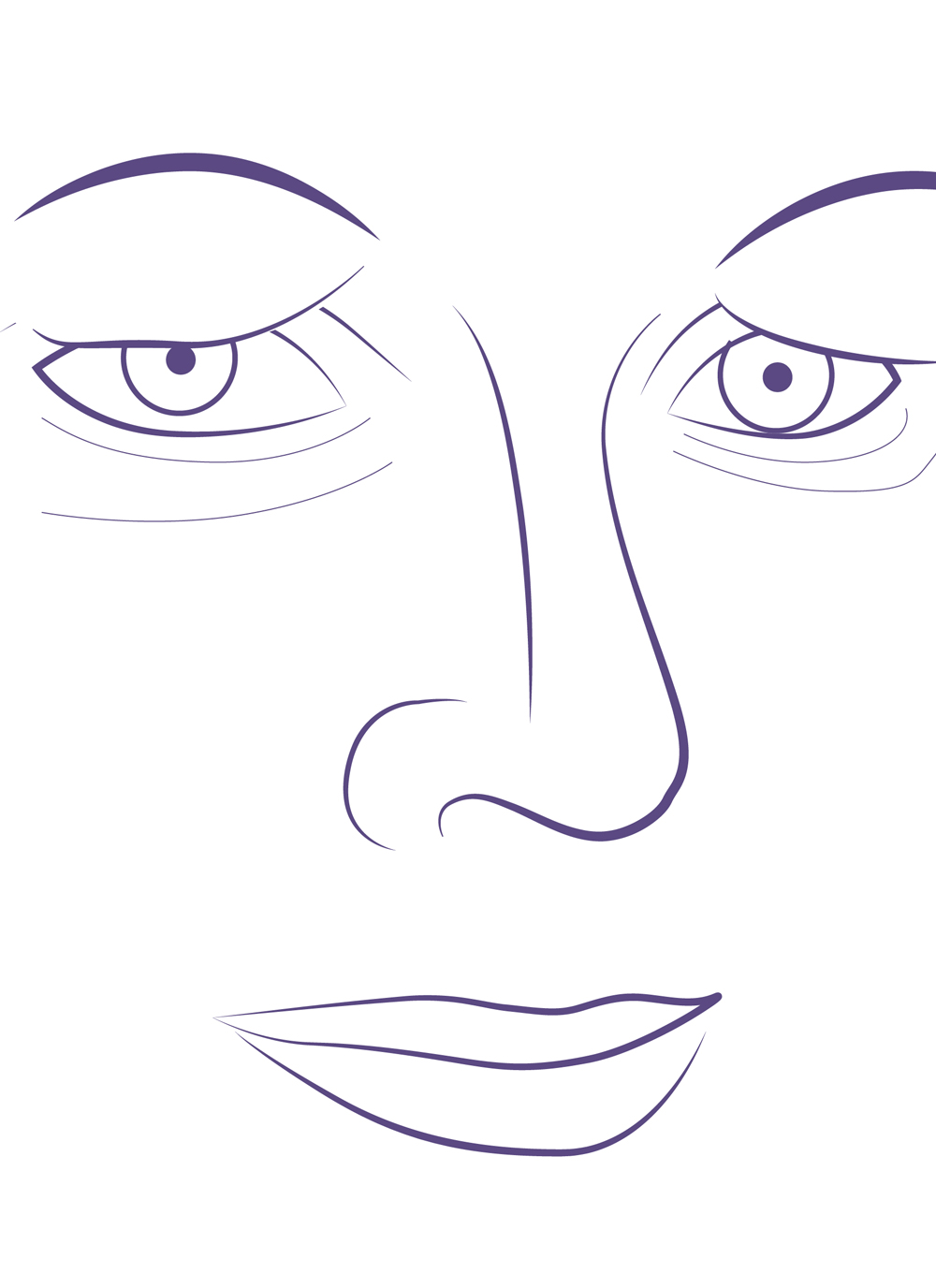
Aspecto de los párpados y bolsas en el preoperatorio
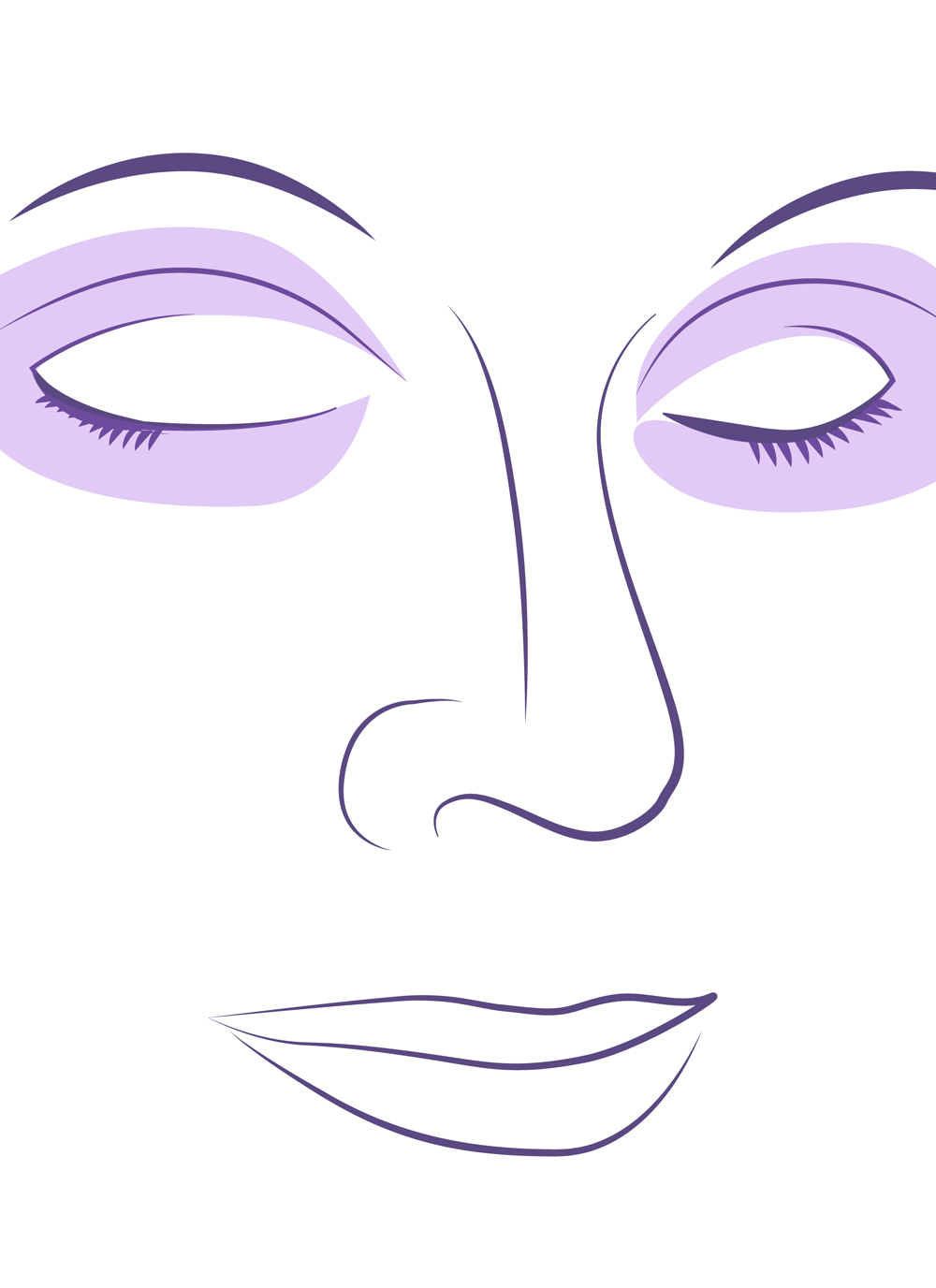
Diseño de las zonas de piel que se extirparán

El exceso de grasa y de piel, serán eliminados durante la cirugía
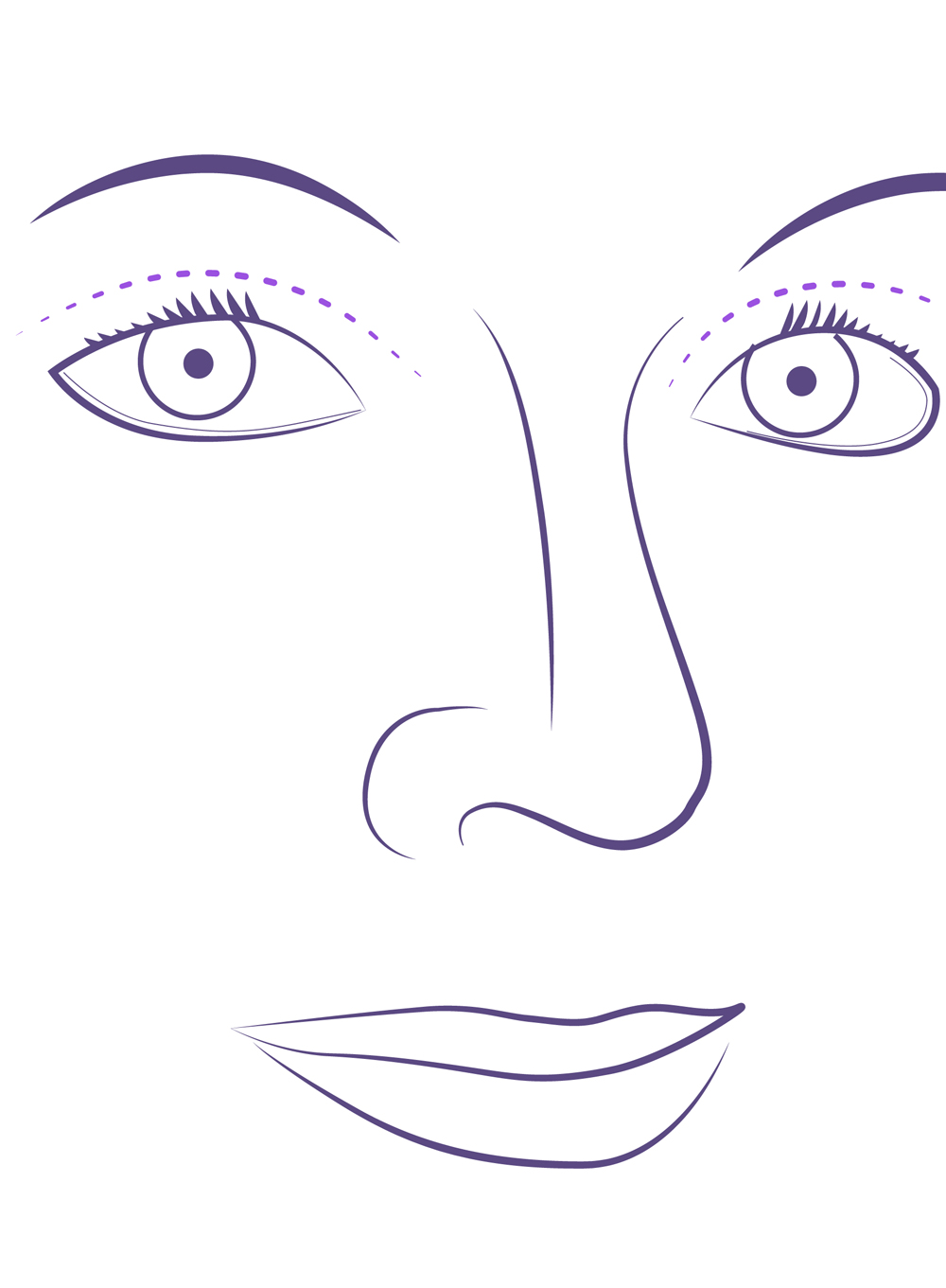
Incisiones resultantes
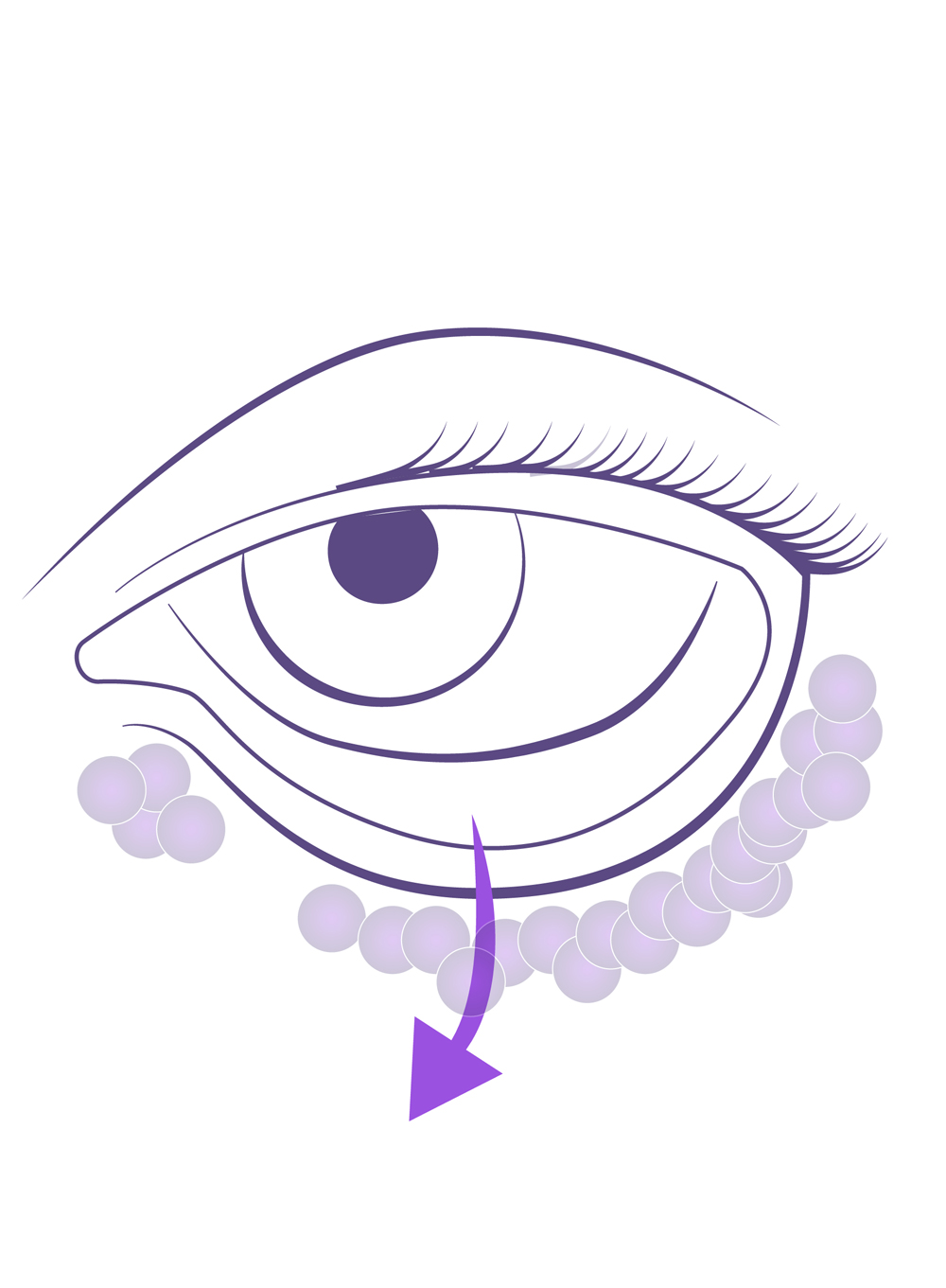
En la blefaroplastia transconjuntival la incisión se realiza a través de la conjuntiva
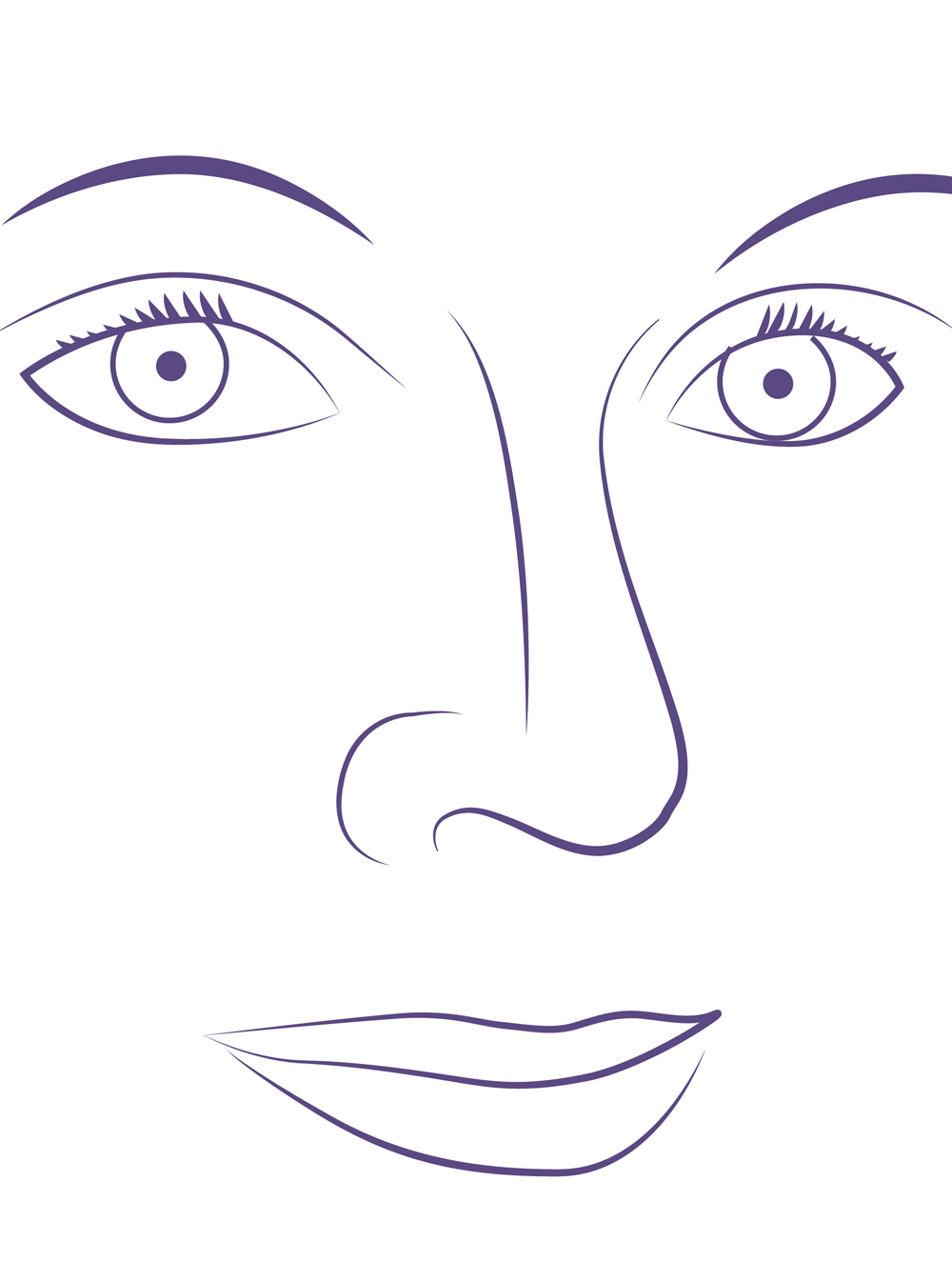
Aspecto de los párpados y bolsas en postoperatorio
Los resultados de la cirugía de párpados caídos y bolsas bajo los ojos son permanentes la mayoría de las veces y espectaculares desde el punto de vista de belleza, dando una expresión más joven, luminosa y saludable al rostro del paciente.
Las cicatrices de la blefaroplastia pueden tener un aspecto rosado durante los primeros meses, pero progresivamente irán desapareciendo hasta convertirse en una línea clara casi invisible.
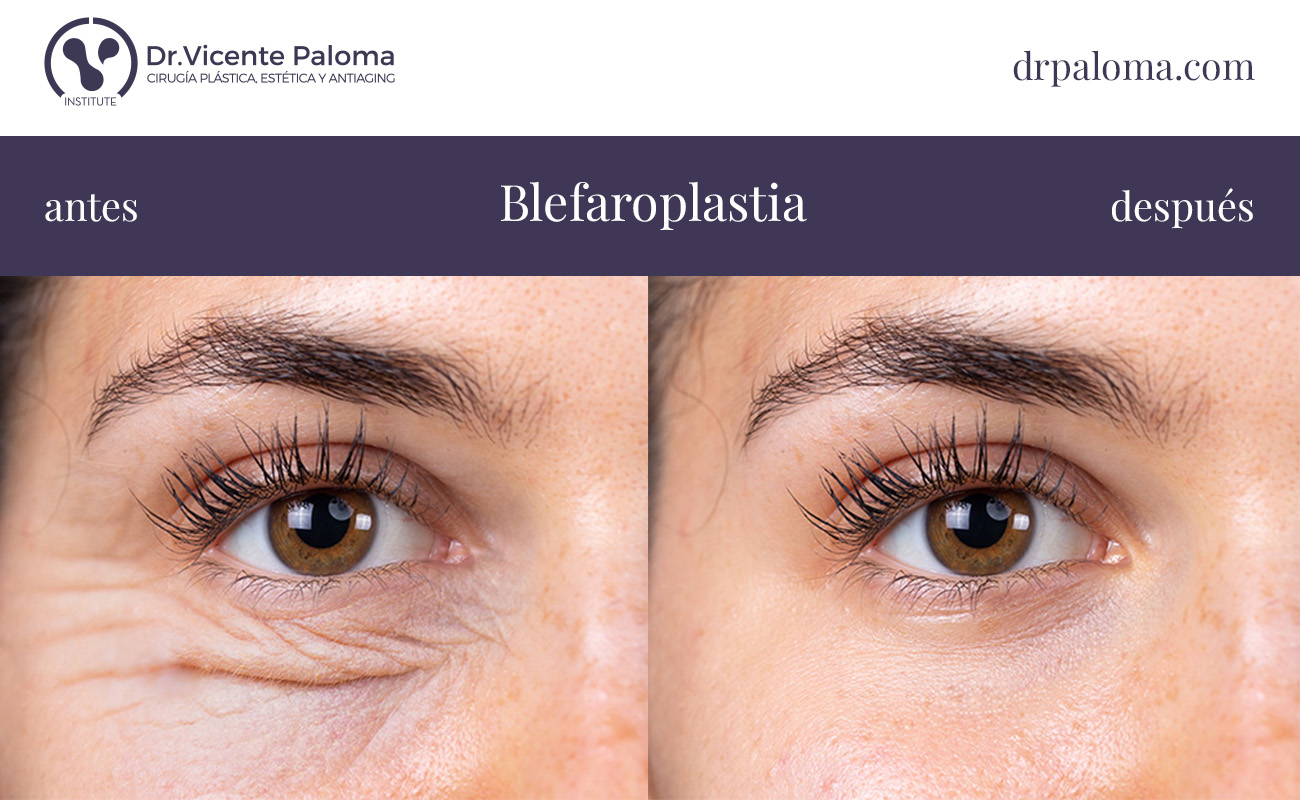
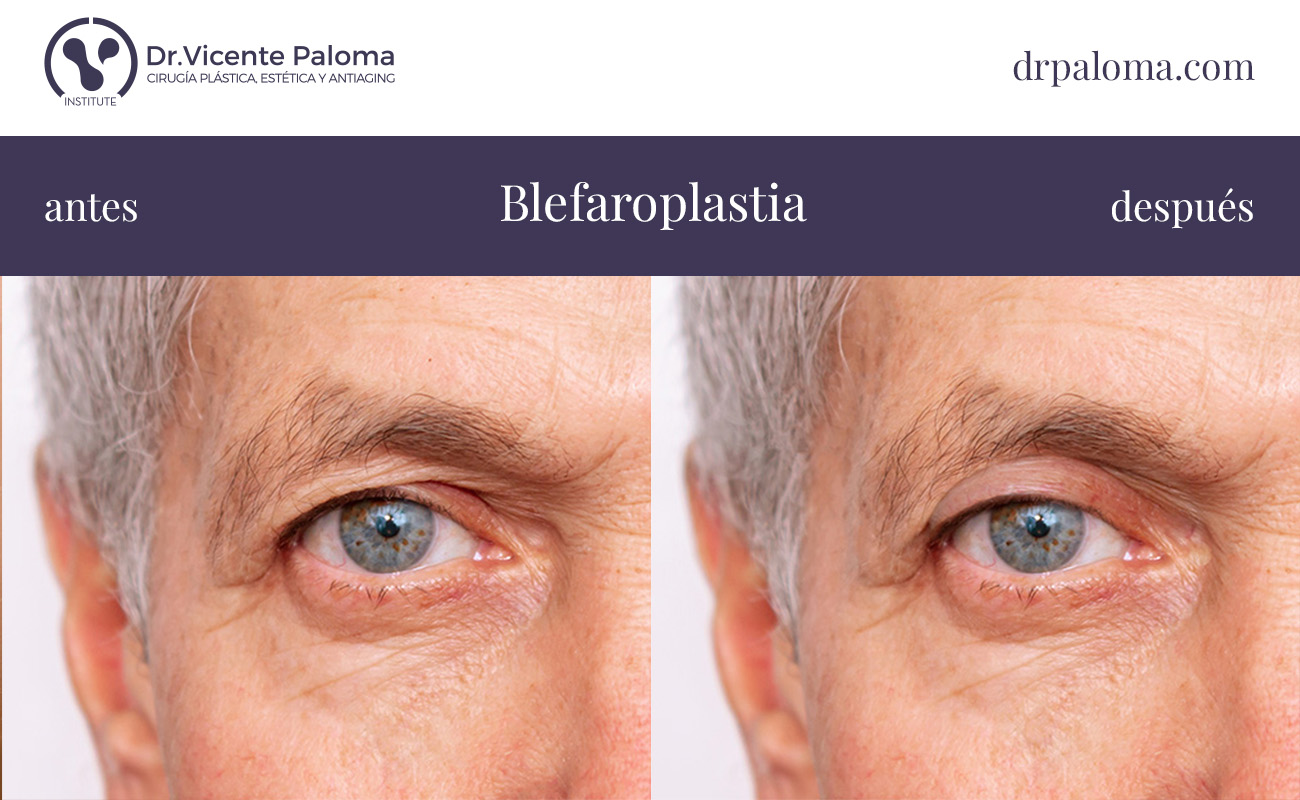
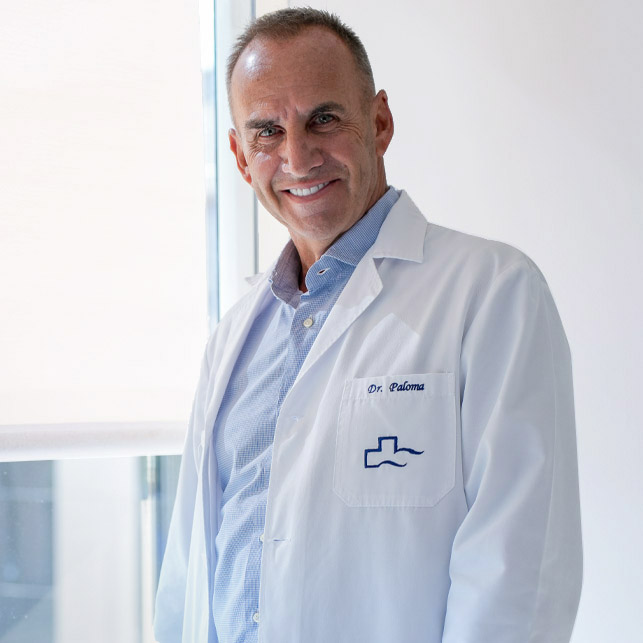
NÚMERO DE COLEGIADO: 32787
ESPECIALIDAD: Cirugía Plástica, Reparadora y Estética
SOCIEDADES CIENTÍFICAS: Miembro de la Sociedad Española de Cirugía Plástica, Reparadora y Estética (SECPRE)
REVISTA FORBES: Entre los 100 mejores médicos de España
SABER MÁS QUIERO PEDIR CITA

Hay un precio para la blefaroplastia superior, otro precio para la blefaroplastia inferior y otro para los cuatro párpados. En todo caso dependen de algunos aspectos que debemos valorar en la consulta y que determinarán el precio final.
Te ofrecemos a través de una entidad financiera de solvencia la posibilidad de financiar hasta el 100% de tu tratamiento al 0% de interés.
La blefaroplastia es una cirugía de párpados que corrige principalmente los párpados caídos y las bolsas de grasa debajo de los ojos. Esto se consigue retirando tejido graso y exceso de piel y músculo de los párpados superiores e inferiores. Tras la operación la cara luce resplandeciente, natural y joven, con una mirada luminosa y rejuvenecida.
La operación de párpado caído es sencilla y apenas presenta complicaciones. Es una cirugía ambulatoria que se práctica tanto en mujeres como hombres con anestesia local más sedación y no requiere de ingreso hospitalario.
Depende de muchos factores, entre los que están si se trata de los párpados superiores, de los inferiores o de los cuatro, además de las características físicas propias de cada individuo.
Ven a visitarnos. Realizaremos una valoración inicial, y en base a tu patología y objetivos que quieras lograr, un presupuesto personalizado para tus necesidades.
Transcurrido el periodo posoperatorio de una cirugía en párpados, tú médico puede recomendarte ciertos productos cosméticos que mejorarán el resultado.
Para empezar a maquillarse con la sombra de ojos hay que dejar pasar el tiempo necesario hasta que desaparezca la inflamación y la piel se restablezca. A medida que vaya avanzado la recuperación, será tu cirujano plástico el que te indiciará cuando tus párpados están preparados para poder aplicarles maquillaje de nuevo.
En la consulta te darán instrucciones precisas de cómo maquillar los ojos después de una blefaroplastia. Es fundamental seleccionar productos con ingredientes naturales que sean suaves con la piel y tener en cuenta que tu forma de aplicar y difuminar la sombra de ojos será diferente ya que tus párpados serán más lisos y estarán más levantados.
En la cirugía de párpados no hay dolor porque se realiza con anestesia local y sedación. En cuanto al posoperatorio pueden aparecer algunas molestias en la zona de los párpados que serán casi imperceptibles con la medicación adecuada.
Los primeros días quizás puedas sentir lagrimeo, hipersensibilidad a la luz y cambios transitorios en la vista, además de ser incómodo cerrar los ojos para dormir. Pero son situaciones llevaderas teniendo en cuenta los resultados espectaculares que se obtienen con la operación de los párpados.
La blefaroplastia es una cirugía muy sencilla que no suele cursar con riesgos post operatorios. Como todas las cirugías, después de realizarse una blefaroplastia pueden aparecer hematomas temporales, en este caso alrededor de los ojos, pero se irán yendo con los días. Aunque es poco habitual, también podría infectase la zona, pero tras la intervención se recetan siempre antibióticos para evitar posibles complicaciones. De todas formas, tu cirujano plástico te informará de todos los posibles riesgos antes de someterte a este procedimiento quirúrgico.
Antes de someterte a una operación de párpados hay que seguir las indicaciones del doctor: evitar fumar y beber alcohol los días previos y posteriores a la cirugía para que exista una mejor cicatrización, y no tomar medicamentos como anticoagulantes o aspirinas ya que pueden aumentar el riesgo de sangrado durante la intervención. En general hay que seguir todas las instrucciones proporcionadas por tu cirujano plástico para que la cirugía sea más segura y la recuperación más rápida.
Los resultados de la blefaroplastia se van a ver sobre todo pasado un mes desde la cirugía. Los ojos habrán reducido la hinchazón y se podrá apreciar el cambio. Las cicatrices pueden tener un aspecto rosado durante los primeros meses, pero progresivamente irán desapareciendo hasta convertirse en una línea clara e imperceptible. De todos modos, es importante recordar que depende de cada paciente y su evolución. En la recuperación influyen factores como la técnica quirúrgica utilizada, la capacidad de cicatrización de cada individuo y el grado de hinchazón o hematomas postoperatorios.
La cirugía de párpados superiores o inferiores se puede realizar en consulta de forma ambulatoria. En el caso de que la cirugía de párpados caídos se realice de forma ambulatoria, la anestesia que recibirá el paciente es una anestesia local con sedación. Si lo que se practica es una blefaroplastia completa, o sea, superior e inferior en los cuatro párpados a la vez, siempre será en quirófano y con una anestesia general.
Las cicatrices de la blefaroplastia no desaparecen completamente, aunque son casi invisibles. El médico especialista realiza las incisiones en la zona de los pliegues de la piel y, por lo tanto, después de que hayan cicatrizado correctamente no se ven. En general podemos decir que la cicatrización después de esta cirugía varía de persona a persona y el tiempo que tarda en desaparecer depende de varios factores, como la capacidad de cicatrizar de cada individuo, la técnica quirúrgica utilizada, la pericia del cirujano y cómo se cuida la piel después de la cirugía.
La blefaroplastia es por definición una cirugía de párpados. Sí podemos hablar de que existen procedimientos no quirúrgicos que se utilizan para mejorar la apariencia de los párpados, pero no son técnicamente una blefaroplastia tradicional. Si bien estos métodos – rellenos dérmicos, aplicación de tratamientos con fármacos o tratamientos láser o de ultrasonidos – pueden ofrecer mejoras visibles en la apariencia de los párpados, los resultados suelen ser muy sutiles y temporales en comparación con una blefaroplastia quirúrgica. Es importante hablar con un profesional médico cualificado para determinar si estas opciones no quirúrgicas pueden ser adecuadas para tus necesidades y expectativas.
Dependiendo de cada paciente, normalmente pasado un mes ya podemos apreciar los resultados de la cirugía de párpados. Sin embargo, ello dependerá de la extensión de la cirugía y cómo se sigan las recomendaciones postoperatorias. En general, la mayor parte de la hinchazón disminuye significativamente en las primeras semanas después de la operación. Durante este tiempo, es común experimentar hinchazón, especialmente alrededor de los ojos y los párpados. Puede haber hematomas, inflamación y sensibilidad en la zona tratada.
En principio sí, pero, aunque tu cirujano evaluará tu historial médico completo y, por supuesto, tu salud ocular, siempre es importante explicarle cualquier condición médica especial por seguridad y para que pueda valorar mejor tu caso en particular. Algunos problemas oculares pueden influir en la idoneidad del procedimiento o requerir precauciones adicionales durante la cirugía para garantizar el éxito de la blefaroplastia.
No, todo lo contrario, al operarte las bolsas de los ojos se tienden a disimular más las ojeras y dar al rostro un aspecto más rejuvenecido, descansado y sano. En todo caso, teniendo en cuenta que cada paciente es distinto, generalizando, la cirugía de las bolsas debajo de los ojos no tiene un impacto significativo en la apariencia de las ojeras.
Este aspecto deberá valorarlo el doctor en el reconocimiento médico previo. La capacidad de cicatrización es un factor importante a considerar antes de someterse a la blefaroplastia. Tener una mala cicatrización puede aumentar el riesgo de desarrollar cicatrices visibles o problemas al cicatrizar tras la operación de párpados. Si se tienen antecedentes de mala cicatrización o cicatrices hipertróficas (cicatrices gruesas y elevadas) o queloides (cicatrices que crecen más allá del área de la lesión original), es fundamental que sea el cirujano plástico quien determine el enfoque más seguro y adecuado en cada caso.
No, utilizar lentes de contacto no supone ningún inconveniente para someterse a la cirugía de párpados caídos. Sin embargo, es importante comentar el uso de lentillas con tu cirujano plástico durante la consulta preoperatoria, de forma que puedas recibir orientación específica y las recomendaciones a seguir.
Solicita una visita a través de este formulario o llama al
Últimos artículos y vídeos sobre la operación de párpados caídos y bolsas en los ojos



